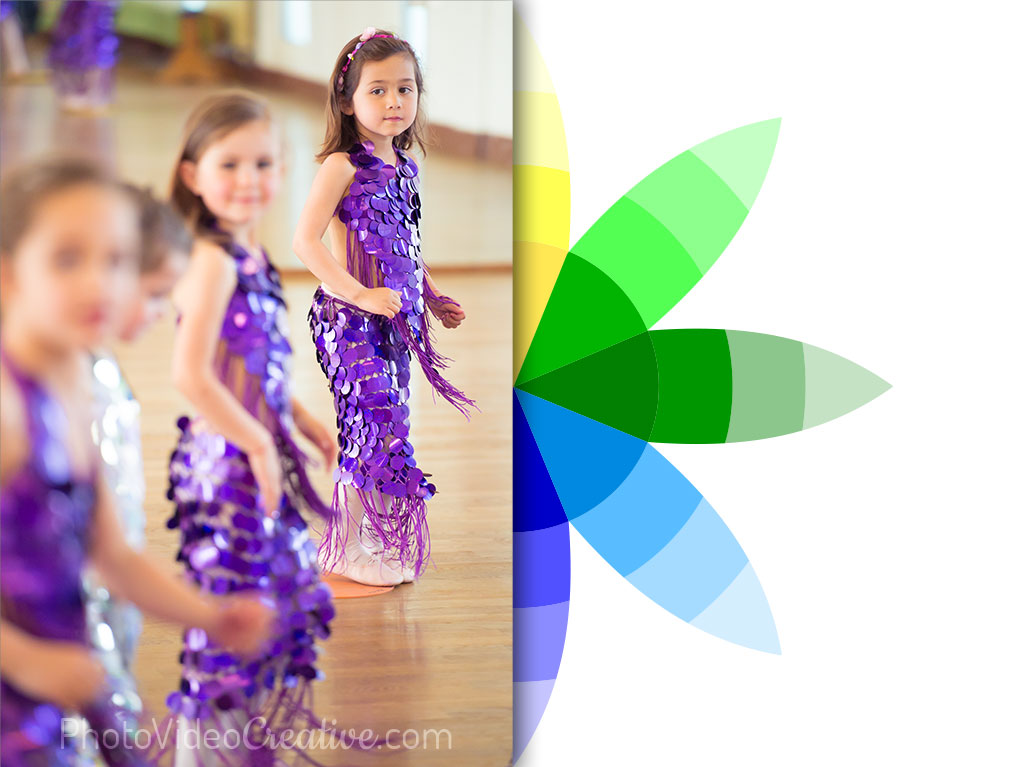
To observe our environment, everything we focus on is sharp. Conversely, if parts of a photo are blurry, all what is in sharp focus immediately catches our eye.
But when all the elements of the photo are in sharp focus, the eye is no longer attracted by the contrast between blur and sharpness.
So why having a sharp focus subject in a soft focus image allows you to have a better photo? How can you control the level of sharp focus and soft focus for your photo? And with what photo equipment is it possible?
All this concerns the depth of field and its effect on the emotions of your photo.
I will share with you:
- How sharp focus and soft focus create a sensation of depth
- What is the depth of field and its 2 variants
- An introduction to the theory of emotions
- Emotions related to a shallow depth of field, and to a deep depth of field
- How to control the depth of field with 5 shooting parameters
Before We Begin
To make great photos, you have to realize why you take photos: it is not only to record a memory but to remember your emotions. You too can understand what emotions are and how to capture and share them with your photos. I designed a 6-step method to learn photography with your feelings rather than cold technique.
Depth of field is one the key shooting techniques for conveying emotions.
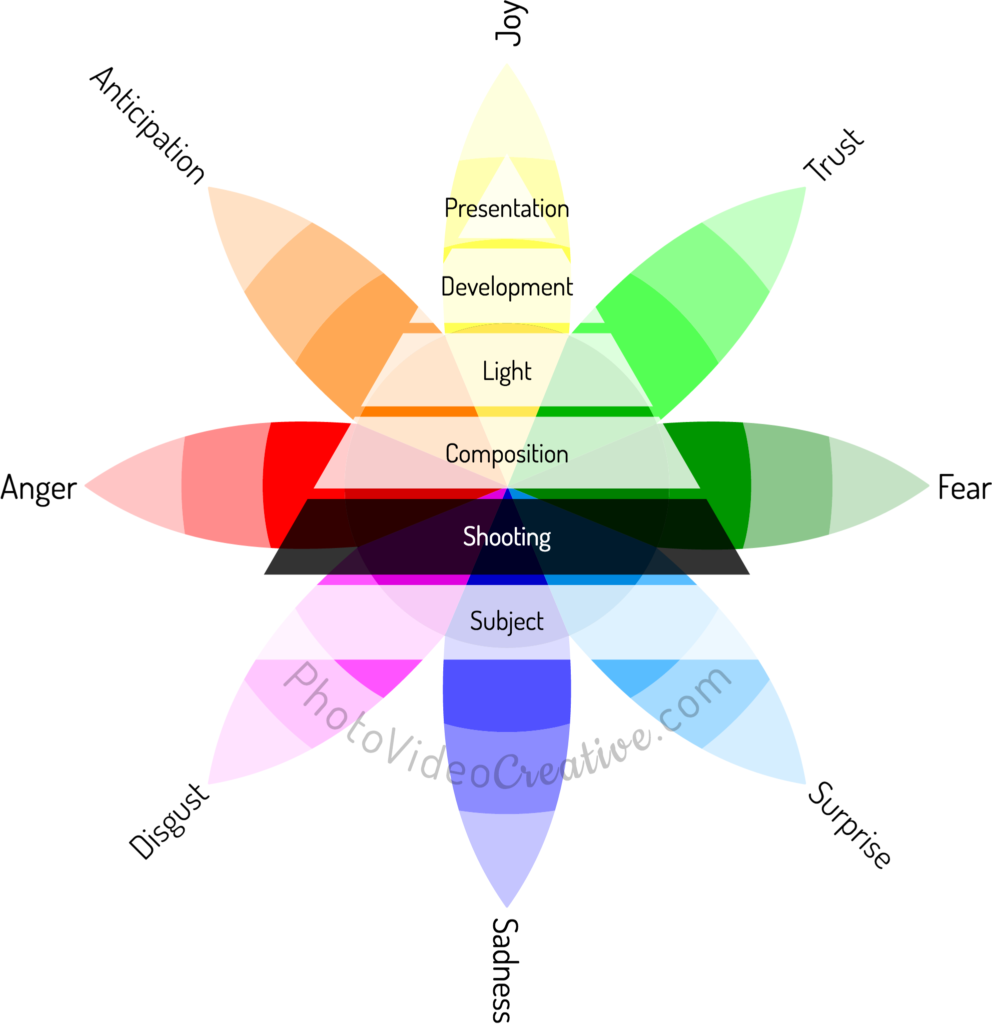
How Soft and Sharp Focus Give the Feeling of Depth in Your Photo
Seeing with depth is an innate ability of our vision system. Thanks to our 2 eyes, we see in “stereo” with 2 slightly different angles. With this crossed vision, our brain is able to create this 3D effect that gives volume to what we are looking at.
Now close an eye. Put a hand in front of you and with the eye open, focus on your fingertips. You will see that what is behind your hand (the background) is out of focus. Even if it is not real 3D effect, our brain can still interpret it as a sensation of depth.
We can do the same thing in photography.
A photo is a flat image. Even if we have 2 eyes, the subject of the photo always presents us the same orientation even if we look at it from different angles. It is the effect of the Mona Lisa’s gaze that fixes you directly, even if you are no longer in front of the board!
So by looking at a photo, our brain is no longer able to create a 3D effect. But you can suggest the depth of it.
With your camera, you can choose the right shooting settings and play on what is sharp focus and on what is soft focus. You create a depth effect that will give a 3D effect for your photo. This is the depth of field technique.
Depth of Field in 2 Words
Depth of field is the focus area in front of and behind the focus plane.
If you focus on your subject:
- A deep depth of field then puts in sharp focus all the elements of the photo: the subject, the foreground (if any) and the background.
- A shallow depth of field then puts in sharp focus only the subject: the foreground and the background are (more or less) blurry, it’s the bokeh effect.
A shallow depth of field even if it looks very aesthetic, is not necessarily the best depth of field to have in your photo.
For example, landscape photos are usually more pleasing if they use a deep depth of field that allows you to admire all the elements in your photo.
In any case, the right depth of field for your photo is the one that evokes the emotions closest to the emotions you have felt.
A Quick Introduction to the Theory of Emotions
All types of emotions that we feel can be represented on a wheel with 8 primary emotions according to the theory of emotions of Plutchik. These primary emotions come in varying intensities (the most intense are at the center) and combine in 24 other emotions through dyads.
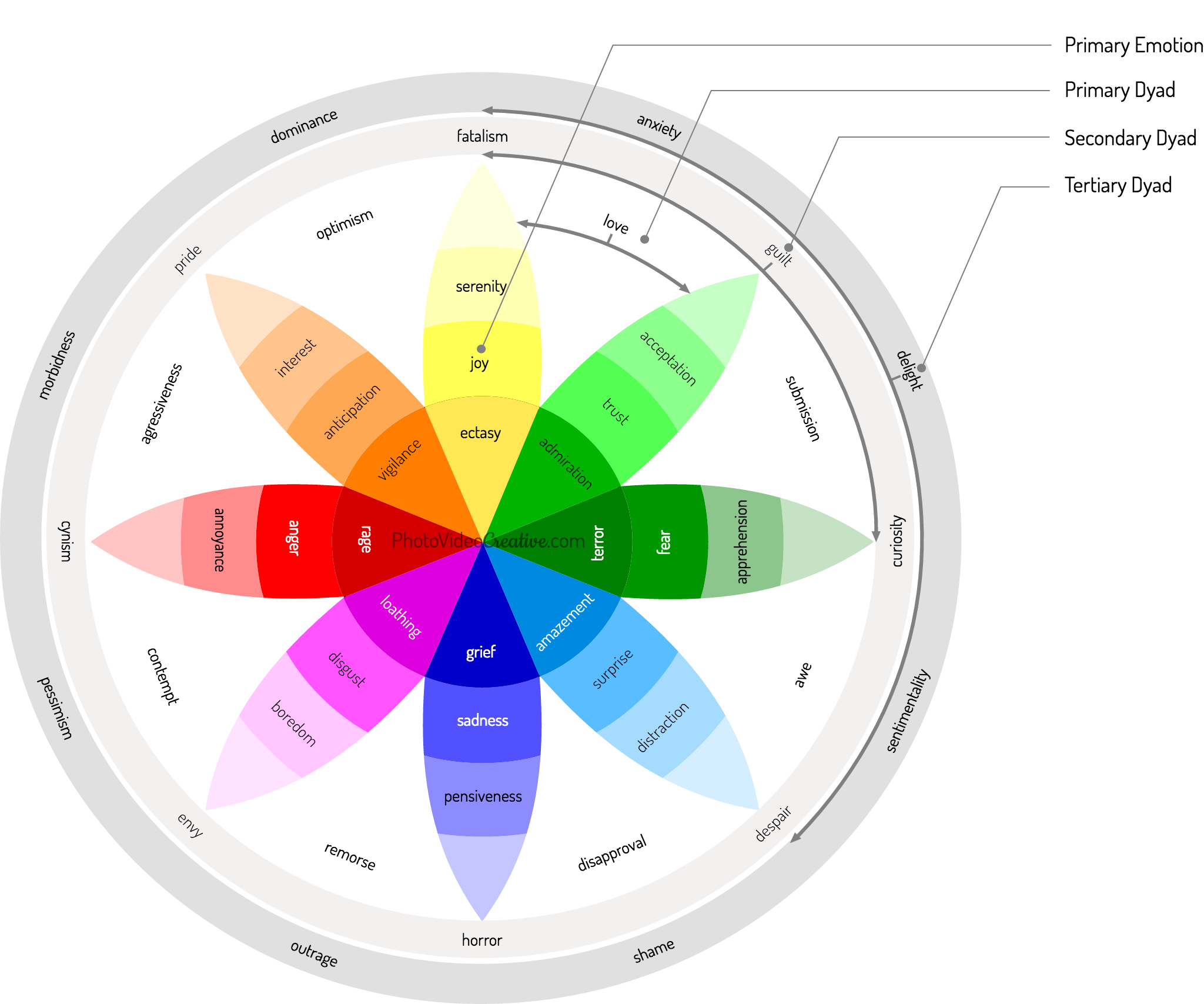
Emotions Related to Shallow Depth of Field
By choosing a shallow depth of field around your subject, you give the feeling of 3D to your photo. By highlighting your subject in its best disposition, the emotions you felt against it will be reinforced in your photo.
And according to the theory of emotions, intensifying the emotions is to accentuate the emotions of the center of the wheel:
- Ecstasy,
- Admiration,
- Terror,
- Amazement,
- Grief,
- Loathing,
- Rage or
- Vigilance.
If the depth of field is very narrow, your subject will become extremely present in your photo, since everything else will be out of focus. But be careful, this effect can be double-edged emotionally: the slightest imperfection will be even more noticeable.
If you managed to capture your subject in a very expressive way, with the right shooting techniques, potentially with other compositional techniques (the rule of thirds for example) and the right light, then a shallow depth of field actually supports your emotions.
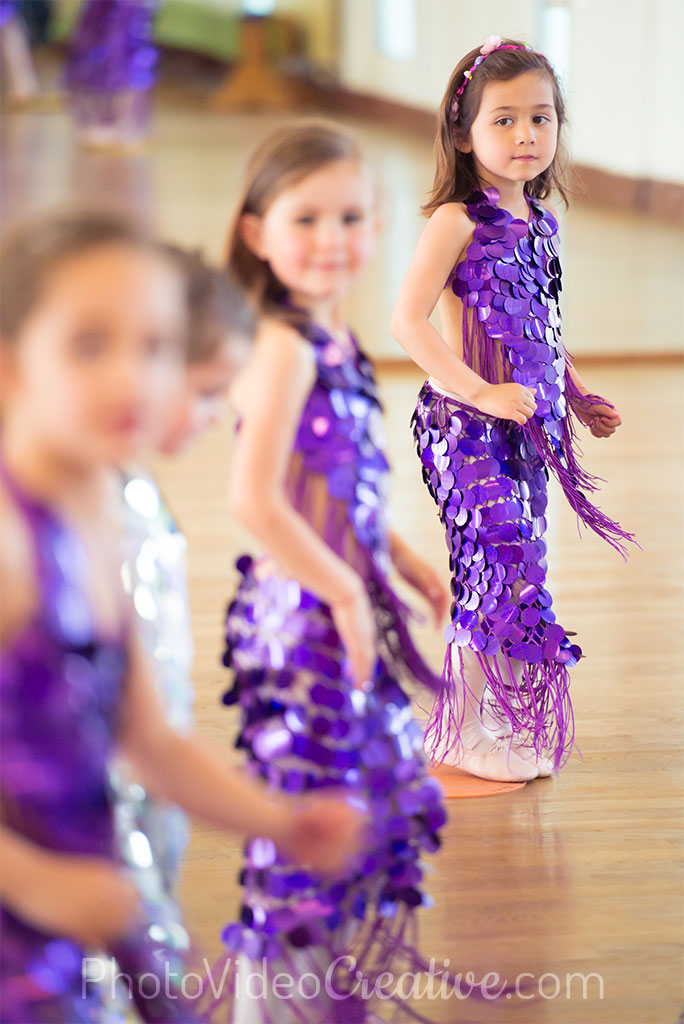
On the other hand, if your subject is not very expressive or in a disadvantageous disposition, or the shooting imperfect (imprecise focusing, motion blur, etc.), or the composition not bold enough or just missing (centered subject, etc.) or with unpleasant light (dull light, harsh light, etc.), then you risk creating negative emotions:
- Boredom, Disgust
- Sentimentality (Trust + Sadness)
- Annoyance
- Contempt (Disgust + Anger)
- Disapproval (Sadness + Surprise)
Emotions Related to a Deep Depth of Field
By choosing a deep depth of field, all the elements of the photo in front of and behind your subject will be in focus: the sensation of 3D will be erased. The subject is no longer put forward, so you must control the emotions of your photo with other techniques of shooting, composition and/or light.

But too often, a deep depth of field is more suffered than chosen by the photographer.
This is especially true with photography with your smartphone. As you’ll see right after, most smartphones are in practice unable to offer you a shallow depth of field.
If you do not choose other techniques of shooting, composition and/or light, your photo will be perceived as too bland or too messy. This will generate negative emotions like:
- Boredom, Disgust
- Sentimentality (Trust + Sadness)
- Annoyance
- Contempt (Disgust + Anger)
- Disapproval (Sadness + Surprise)
How to Get a Shallow Depth of Field With Your Camera
The depth of field is a physical consequence of the laws of optics (I will spare you the mathematical formulas!).
What you need to remember is that a shallow depth of field is favored by 5 shooting parameters:
- A large sensor size in your camera
- A large aperture of the diaphragm of your lens
- A great focal length of your lens
- A small focus distance between your subject and your camera
- A great distance between your subject and the background
To practice the technique of shallow depth of field, read this article:
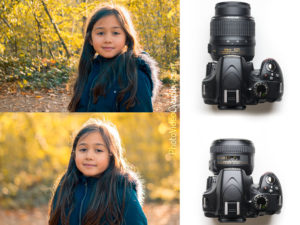 Get a Beautiful Background Blur: the 5 and 1 Secrets of Depth of Field
Get a Beautiful Background Blur: the 5 and 1 Secrets of Depth of Field
How to Get a Deep Depth of Field With Your Camera
It’s easy, just do the exact opposite for a shallow depth of field!
A deep depth of field is favored by these 5 shooting parameters:
- A small size sensor in your camera
- A small aperture of the diaphragm of your lens
- A short focal length of your lens
- A long focusing distance between your camera and your subject
- A short distance between your subject and the background
To practice the technique of deep depth of field, read my article Get a Beautiful Background Blur: the 5 and 1 Secrets of Depth of Field.
What Do You Think?
Do you see the emotional interest in having a shallow depth of field?
Leave me your comment, I will answer with pleasure.
Let’s Go On Together!
Learn easily how to photograph with my 6-step method to make your photos with your emotions, not cold technical knowledge.
Do not miss my future posts to better capture and share your emotions in picture: subscribe to my newsletter and get a free eBook!
Do you like what you’ve learned? Share this article!
Hi – I’m writing a YA novel called Soft Focus and I need a name for the next one – which would be the opposite. The first book is romantic and the second book is harder as they both have to deal with the repercussions of the first book (tragedy ending). I could possibly do a HEA on the first one, but that seems too trite. So if you have any camera/photography terms I could use as a title, that would be helpful.
Hi Jenn, maybe you could use tack sharp. When qualifying a photo that way, it has so much details that it’s almost overwhelming, unreal, yet so close to the truth. I believe it can work in your case. Looking forward to read your 2 novels!